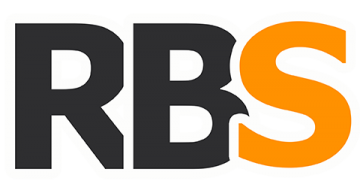Content

Below is an example of a chart of accounts for Metro Courier, Inc. which is a corporation. Notice how the chart is listed in the order of Assets, Liabilities, Equity, Revenue and Expense. This order makes it easy to complete the financial statements. https://accounting-services.net/how-much-do-bookkeeping-services-cost-for-small/ This system is called double-entry accounting and it refers to the fact that every entry affects two different accounting categories. Every purchase becomes a new asset and a liability, every sale removes an asset but increases your equity, etc.
What are the three accounting statements explained?
The income statement illustrates the profitability of a company under accrual accounting rules. The balance sheet shows a company's assets, liabilities, and shareholders' equity at a particular point in time. The cash flow statement shows cash movements from operating, investing, and financing activities.
Shareholders’ equity is the total value of the company expressed in dollars. Put another way, it is the amount that would remain if the company liquidated all of its assets and paid off all of its debts. The remainder is the shareholders’ equity, which would be returned to them. Although the balance sheet always balances out, the accounting equation can’t tell investors how well a company is performing. The shareholders’ equity number is a company’s total assets minus its total liabilities.
How is the Balance Sheet used in Financial Modeling?
Liabilities are listed at the top of the balance sheet because, in case of bankruptcy, they are paid back first before any other funds are given out. The balance sheet is just a more detailed version of the fundamental accounting equation—also known as the balance sheet formula—which includes assets, liabilities, and shareholders’ equity. A balance sheet provides a summary of a business at a given point in time. It’s a snapshot of a company’s financial position, as broken down into assets, liabilities, and equity.
The company’s success is measured by the amount of profit it earns—that is, the growth or decline in its stock of assets from all sources other than contributions or withdrawals of funds by owners and creditors. Net income is the accountant’s term for the amount of profit that is reported for a particular time period. That could be cash, tangible assets Intuit Bookkeeping Expert Careers Remote Bookkeeping Jobs Quickbooks Live like equipment or intangible ones like your reputation in the community. Liabilities are what you owe to others, like investors or banks that issue your company a loan. Equity is what’s left and represents the owner or owners’ stake. Balance sheets, like all financial statements, will have minor differences between organizations and industries.
What Is the Accounting Equation, and How Do You Calculate It?
This account includes the balance of all sales revenue still on credit, net of any allowances for doubtful accounts (which generates a bad debt expense). As companies recover accounts receivables, this account decreases, and cash increases by the same amount. Bookkeeping is a process that records financial transactions. Bookkeeping for small businesses involves preparing financial statements and filing taxes. The three elements of the accounting equation are assets, liabilities and equity.
What is equity vs asset?
The primary difference between Equity and Assets is that equity is anything invested in the company by its owner that provides them a stake or ownership in the company. In contrast, the asset is anything that the company owns to provide economic benefits in the future.

Recent Comments